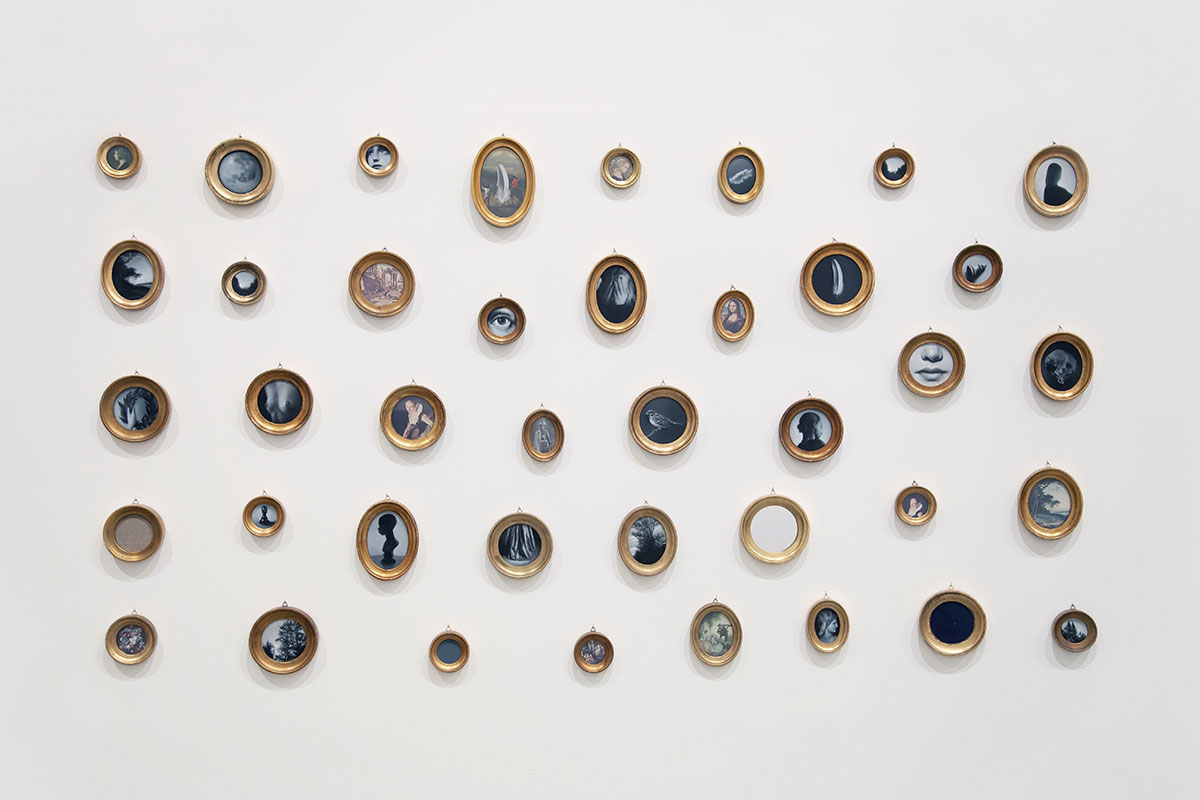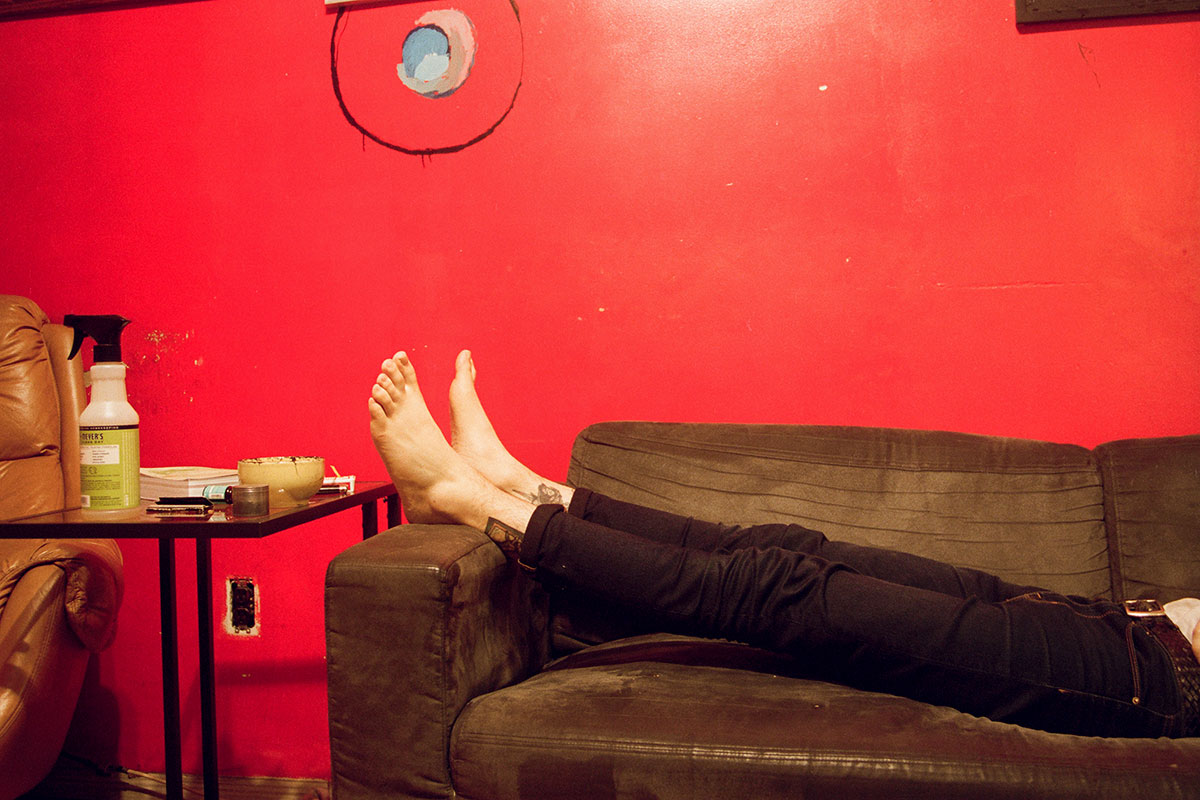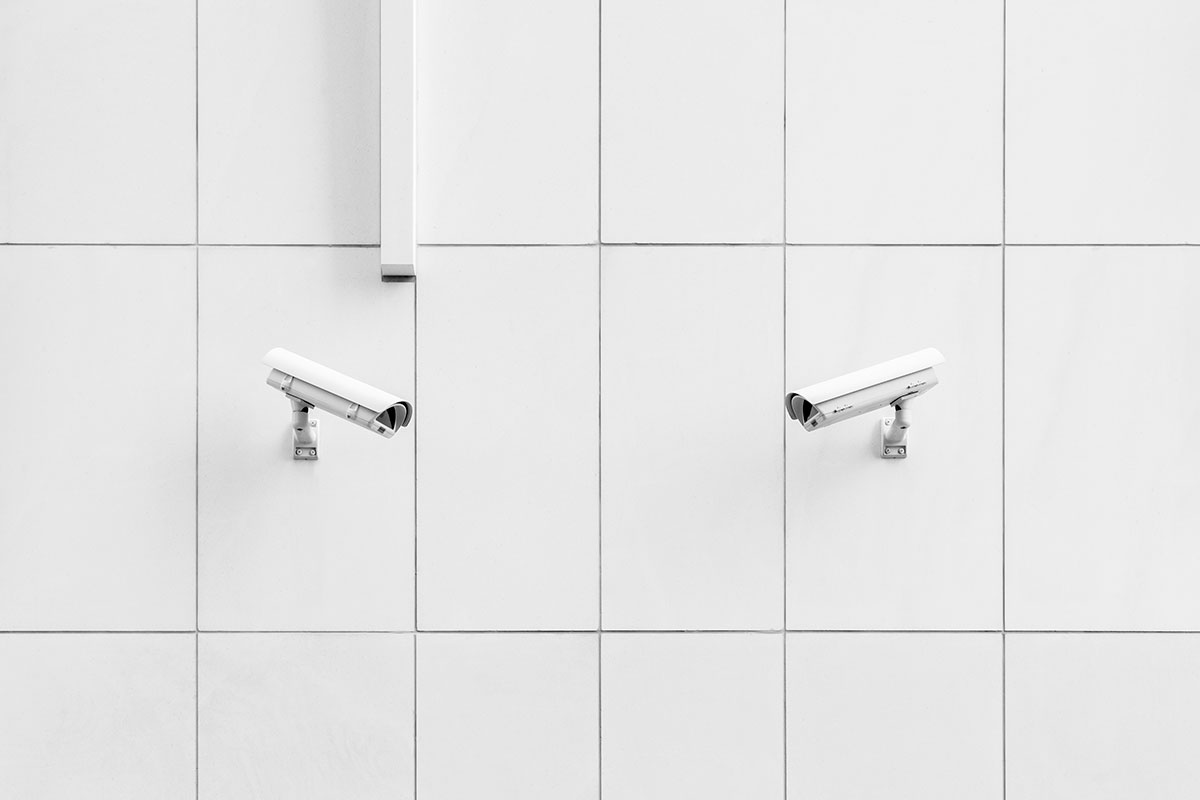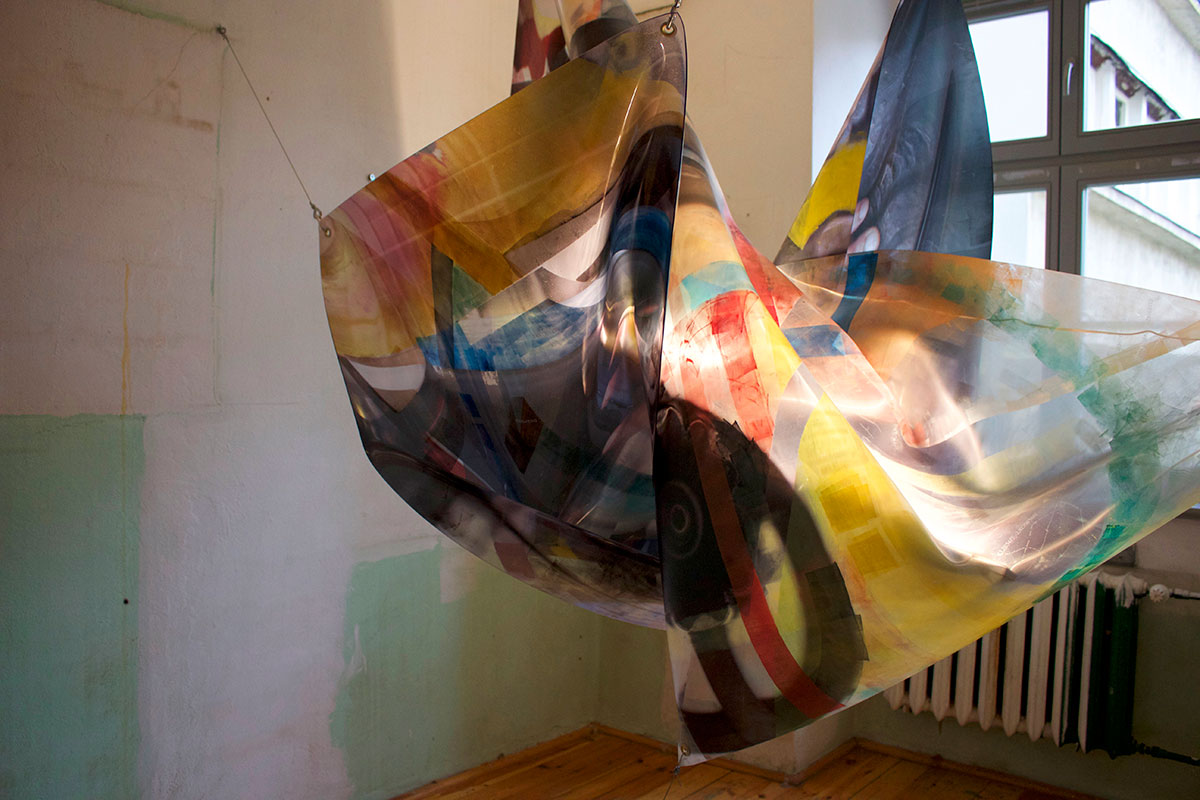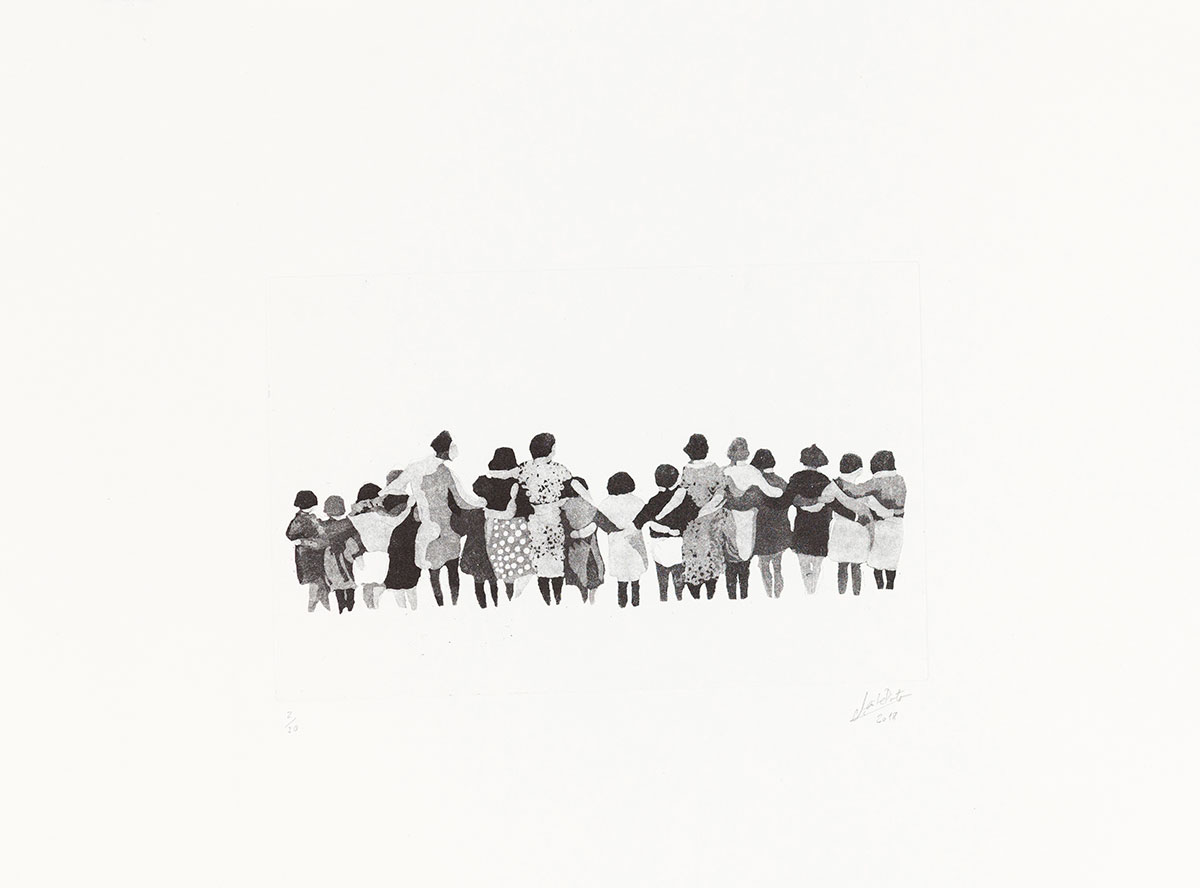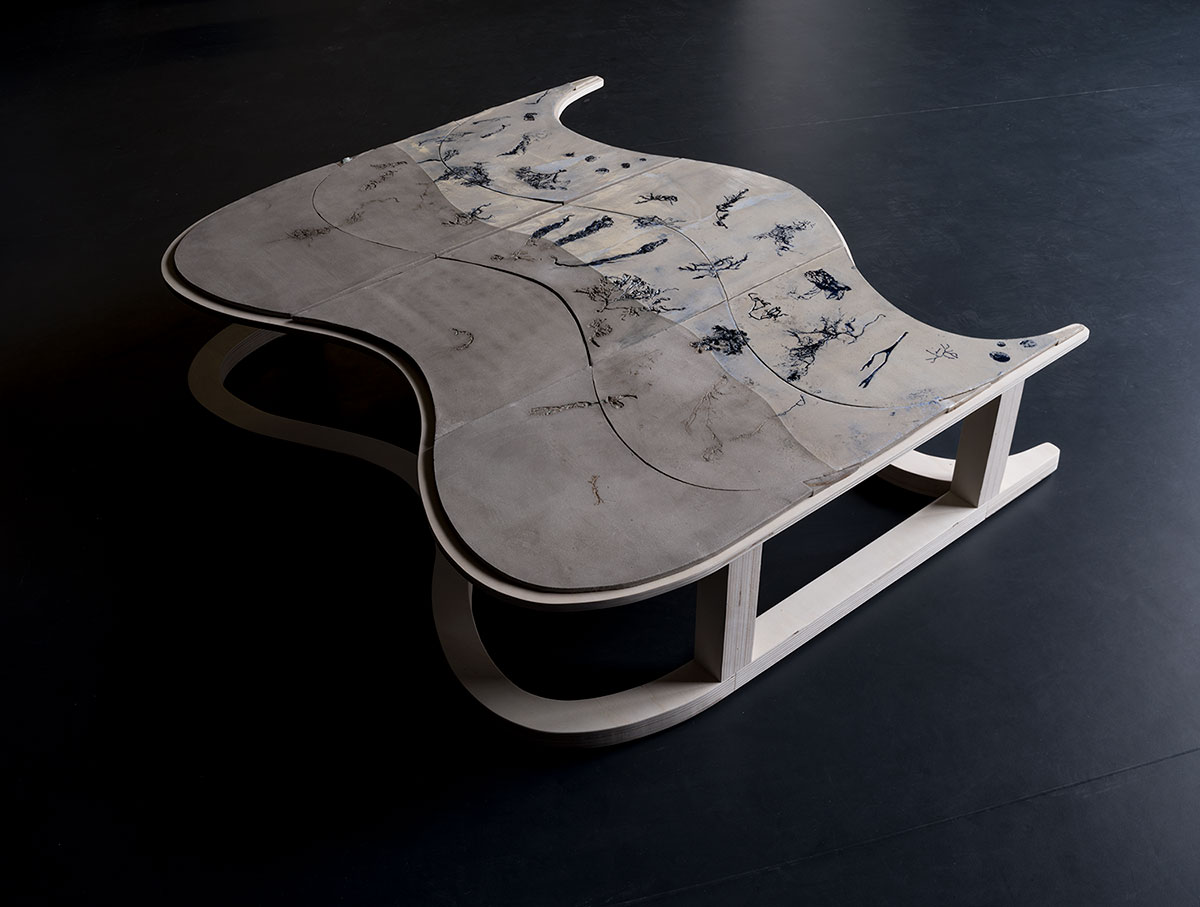PRESENTATION: Basque Artist Program 2015-19
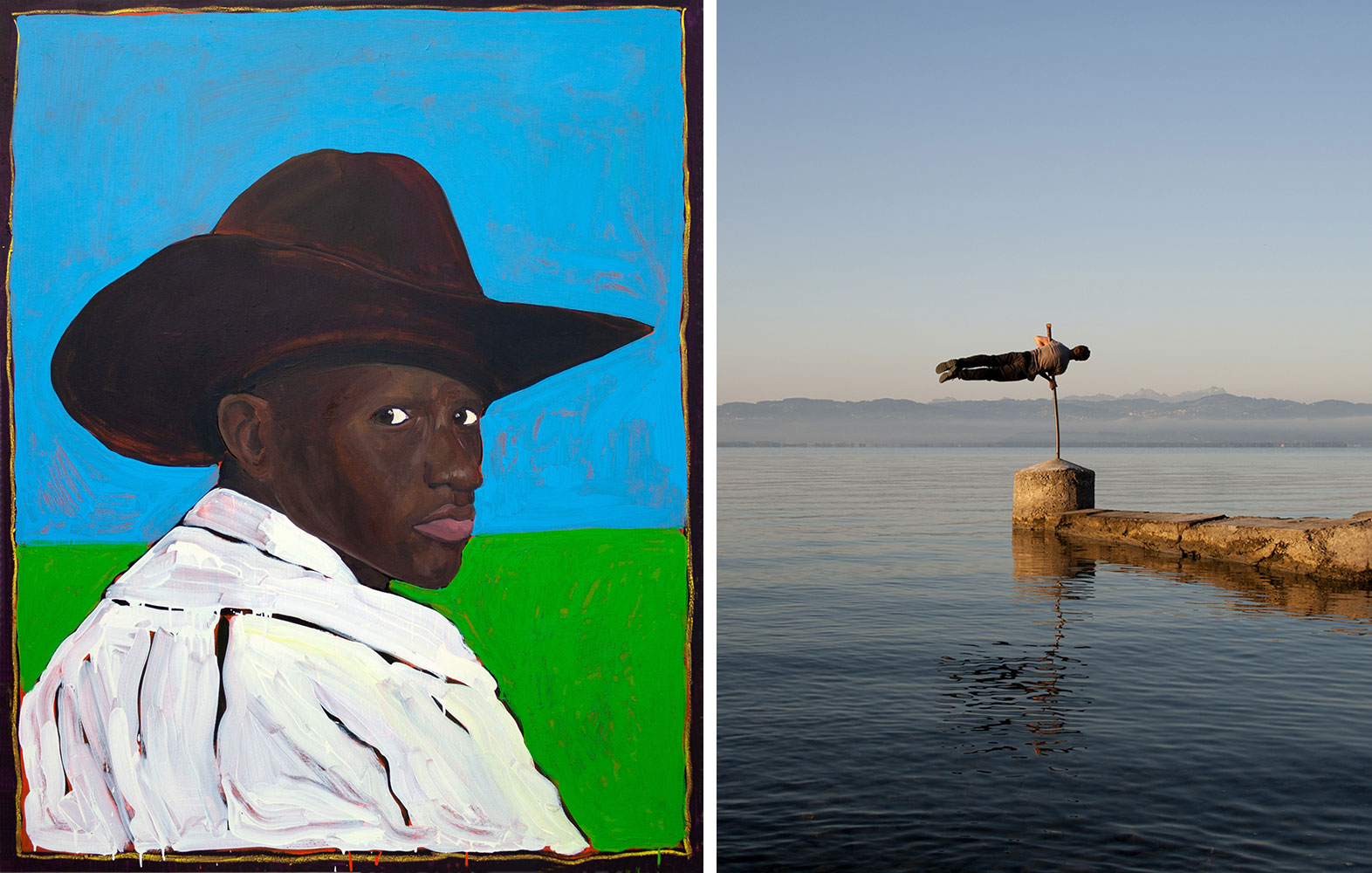 As part of the Guggenheim Bilbao’s 25th Anniversary, the Museum in the exhibition “Basque Artist Program, 2015-19” presents the works of the ten Basque artists who have participated in the five editions to date of the Basque Artist Program that the Guggenheim Museums in Bilbao and New York launched jointly in 2015.
As part of the Guggenheim Bilbao’s 25th Anniversary, the Museum in the exhibition “Basque Artist Program, 2015-19” presents the works of the ten Basque artists who have participated in the five editions to date of the Basque Artist Program that the Guggenheim Museums in Bilbao and New York launched jointly in 2015.
By Dimitris Lempesis
Photo: Guggenheim Bilbao Archive
Targeted at artists born or living in the Basque Country, every year this initiative, whose 2022 edition is currently open (deadline for registering is July 18), allows two emerging artists chosen by the curatorial teams of both museums to receive an intensive orientation on the New York art scene and get experience designed to foster exchange and professional development from the Solomon R. Guggenheim Museum team. In their works the ten emerging artists address issues like identity, history, representation, and individual and collective memory through a diverse range of mediums, including painting, sculpture, works on paper, photography, video, site-specific installations, and performance. The natural and the artificial merge in the works of Raquel Asensi via performance, the word, and sculptural objects. In Tetrad Interface (I) (2019), she turns a ceramic mask into an extension of the body that will return to the environment through decomposition, while in “abyss – ālis “(2022), she “petrifies” the traces of seaweed on a glazed ceramic surface and uses its ashes to generate different effects as a testimony of submarine deforestation. Nora Aurrekoetxea Etxebarria uses building materials which are usually concealed from view and turns them into supports where she inlays and hangs tin, bronze, and silver rings and braids. In “Spooning” (2022), the plasterboard panels are attached together with corrugated, bare, sharp rods that hold each other up, while the rings and braids work independently. The importance of the body-object-environment relationship is omnipresent in the artistic inquiry of Helena Goñi, whose works span photography, video, and performance. In an investigation on collective imagination, Goñi used her 35-mm camera to portray the people and scenes of her environs when she lives in New York. In “Caleb’s Feet” (2018) and “Lynn Holding Books” (2022), she explores aspects related to resistance, commitment, the fetishization of the body, and the representation of the human figure via sculpture. “Polished Cities” (2018-21) by Jon Gorospe is composed of a series of black-and-white photographs of contemporary buildings in cities like Berlin, Milan, New York, Oslo, and Singapore, arranged in geometric order. The artist has tinkered with some of these images using red acrylic sheets which symbolize the frenetic pace of city life, in a reinterpretation of a dystopian society. Gala Knörr revisits the history of the American West by reviving figures that may have played a prominent role in their day but have been forgotten in popular US culture. Examples include “Young Cowboy” (2022) and “Young Cowboy Gazing” (2022), which she revises through the image of the young African-American woman Brianna Noble on horseback, which she found among the photographs of the protests that arose in the USA within the context of the “Black Lives Matter” movement after the murder of George Floyd.
Maite Pinto focuses on memory and identity, both individual and collective, by retrieving snapshots from a wide array of archives, which she then recreates through the technique of engraving. Her works focus on photographs of some of the thousands of Basque children who were sent to Southampton (United Kingdom) on the steamer Habana in 1937. Within this context of displacement, fragmentation, and loss, the images speak about the need to belong to a group. In “Twisted Paintings” (2019) Karla Tobar Abarca reinvents a pictorial language associated with the senses in a symbiosis between art and technology. The artist digitizes the images she gets from walking through the streets of different cities with a scanner in her backpack and captures them on soft panels, which she then twists and creases, giving rise to a series of tactile images that embody the fragmented image via the corporal and performative gesture. Alain Urrutia explores the concepts of individual and collective memory in “Memento” (2021–ongoing), a mosaic installation in which he presents new and recovered images in period frames, to which the artist will add a new piece every year in order to reflect the passage of time. Using a term from Latin “memento” means “remember”, Urrutia studies the construction of memory based on fragmented recollections and the power of images to create stories. “Whistle” (2021), a work by Cristian Villavicencio, merges history and collective memory by recovering and reinterpreting indigenous tradition. Based on a three-dimensional scan of a pre-Columbian sculpture, he creates a mollusk-shaped wind instrument which consists of two interconnected bodies that house water and produce a whistling resonance, to which he adds a new layer of meaning with a contemporary approach. In the video related to this piece also presented in the gallery, an inhabitant of the Amazonian community of Alta Florencia imitates different tones of animal noises which were recorded in the Napo River in Yasuní Park, which in turn evoke the musical vibrations issuing from the ceramic, Through video, photography, performance, and installation, Diego Vivanco evinces the tensions generated in different social, political, and cultural contexts. In “Human Flag” (2013), the artist depicts himself and encourages reflection on the importance attached to signs of identity. In “Principle of Conservation of Matter” (2019), he metaphorically highlights the similarities of the passions aroused by different flags by reducing them to ashes.
Participating Artists: Raquel Asensi, Nora Aurrekoetxea Etxebarria, Helena Goñi, Jon Gorospe, Gala Knörr, Maite Pinto, Karla Tobar Abarca, Alain Urrutia, Cristian Villavicencio, and Diego Vivanco.
Photo Left: Gala Knörr, Young Cowboy Gazing, 2022, Oil and oil pastel on canvas, 162 x 130 cm, Artist’s collection, Photo © Gala Knörr. Right: Diego Vivanco, Human Flag, 2013, Lenticular image, 140 x 105 cm, Artist’s collection, Photo © Diego Vivanco
Info: Curators: Lucía Agirre and Geaninne Gutiérrez-Guimarães, Guggenheim Bilbao, Abandoibarra et.2, Bilbao, Spain, Duration: 8/7-6/9/2022, Days & Hours: Tue-Sun 11:00-19:00, www.guggenheim-bilbao.eus/
